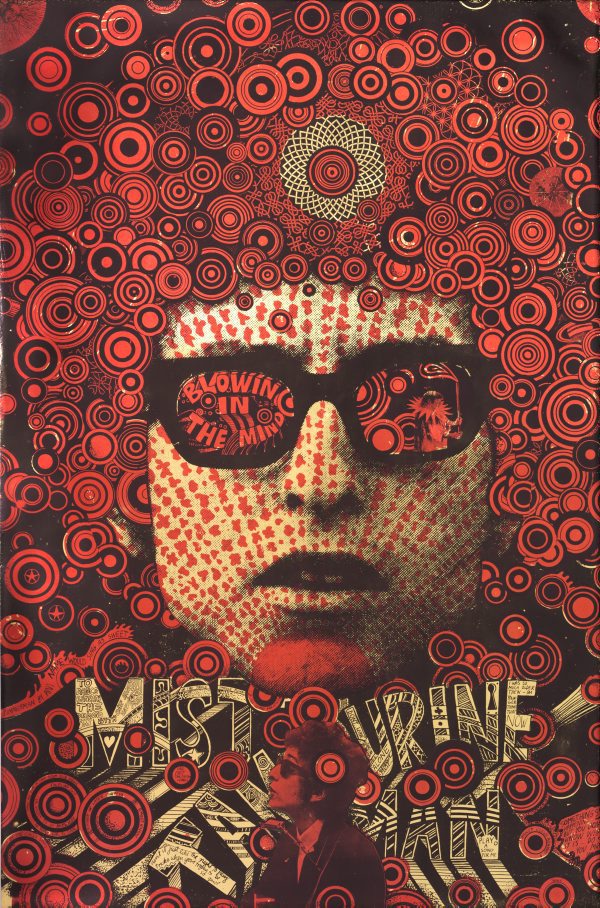This module has improved my critical thinking and reflection on another artists work. It has helped me to contextualise and evaluate artist’s work and idea process. This unit has amplified my understanding on the timeline of art and design movements and how they evolved along with contemporary culture. The tasks have developed my knowledge on artists such as, Paula Scher, David Carson and other graphic designers, that will benefit me in my research and ideas for my practical practice. All the tasks have also helped me investigate context and theoretical thinking and analysing artists work.
From this module, I have a greater understanding on the connections in the tasks and the artist’s work that I have analysed. The exercise that I found most engaging and highly relevant to my practice is Counter Culture and Underground Culture in the 1960’s and 1970’s, and how it’s influenced contemporary art. I looked at graphic designers which have produced different outcomes, in similar styles that expresses Counter Culture. My selected artist’s produced their work in a bold vibrant appearance to portray joy and spirit. Looking at previous work I’ve researched for example, Paula Scher produced an album cover “Changes One and Two”, Milton Glaser constructed a logo “I heart New York” and Martin Sharp created a poster “Blowing in the Mind”. I found that these different outcomes inspiring and developed my ideas for further outcomes and will be beneficial to me in my future studio practice. The main element that can support me in my practice would be the typography work created by Paula Scher, digital and hand rendered.
Looking back at the lecture programme there is a key reference that I find significant and helpful in my practice. This extract is from a book written by an author that’s a Professor in History of Design.
“Part of the clamour for change was a critique of the professionalization of design in the service of Americanization and global capitalism. This found expression in the underground presses and the psychedelic posters of London and San Francisco.” – Aynsley, Jeremy. A Century of Graphic Design.
This reference is significant to my studio practice as it proves that art and design was “clamour” wanting to evolve and change for its audience. Design has also become more professional and direct through expression and communicational visual language. This can still apply to contemporary art and is a key element in my practice graphic design is to communicate visually or through type. I found expression has evolved in the underground press and Psychedelic art which Jeremy Aynsley quotes. As a result, I researched into the Australian psychedelic artist Martin Sharp “Blowing in the Mind” and the Oz Magazine. I found the psychedelic style colourful and saturated alike the artist Wes Wilson “Byrds”- 1966, this can be incorporated in my practice graphic design to express a visual message through the use of vibrant colours, simplistic imagery and shapes. My specialism focuses also on typography which I have researched throughout this module and found most constructive and will continue to research and discover new artists and fonts.
Jeremy Aynsley (2001) A century of graphic design, Hauppauge, N.Y. Barron’s Educational Series.
Wes Wilson (1966) Byrds, Wildflower, New Stage Company, Available at: https://theredlist.com/media/database/graphisme/History/poster_kodeine/wes_wilson/001_wes_wilson_theredlist.jpg [Accessed at: 3rd December 2017]











